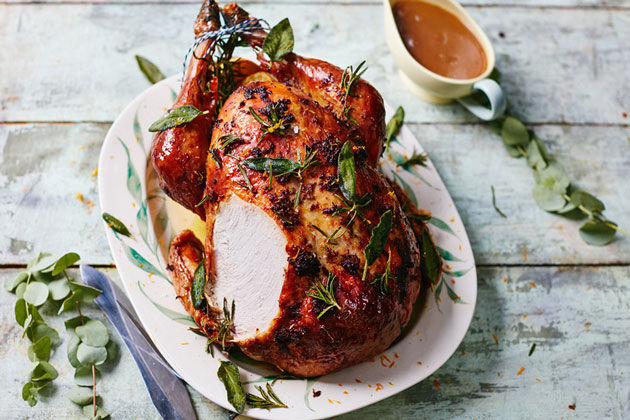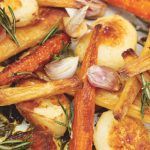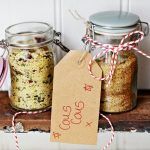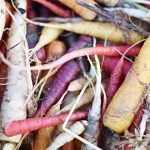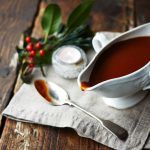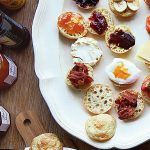Choosing a turkey for Christmas is a fine art – no one wants to end up with something that’s too big to fit into the oven, or one that’s too small to feed the 12 people coming over for Christmas dinner!
Thankfully there’s still plenty of time to get it right, so we’ve put together this handy guide to making sure you get the right turkey for your table.
HOW TO CHOOSE A TURKEY
Whether you’re ordering your turkey online, heading to the butcher’s or opting for a supermarket bird, there are a number of things to take into account when you’re splashing the cash on your Christmas centrepiece.
First and foremost, it’s important to understand where your turkey has come from, and familiarise yourself with the welfare terminology. Daniel Nowland, Jamie’s in-house expert on all things food and farming related, has put together a great go-to guide that clearly spells out the differences between turkey farming categories. As a rule of thumb, organic and free-range birds are the best.
If you’re considering taking the stress out of the Christmas food shop and doing it all online, Paul Kelly’s multi award-winning Bronze traditional turkeys come highly recommended by Jamie’s food team. These gorgeous free-range birds are ridiculously flavoursome, succulent and moist, and they can be delivered to your door in time for Christmas. Good butchers will be able to point you in the right direction to make sure you buy the right sized bird for your dinner. But if you’re going solo and heading to the supermarket, use this rough guide and you’ll have plenty for the main event, along with a little extra for leftovers.
- 3kg serves 6 to 7
- 4kg serves 8 to 10
- 5kg serves 10 to 12
- 6kg serves 12 to 14
- 7kg serves 14 to 16
- 8kg serves 16 to 18
- 9kg serves 18 to 20
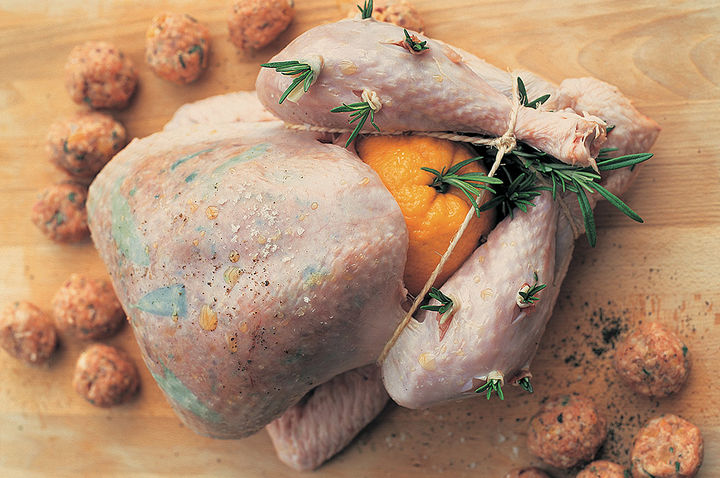
When you’re picking your turkey, keep an eye out for those with a dry appearance, as they’re usually better than those with a wet sheen to the flesh. A dry bird will have been hung and dry-plucked, which tends to result in better quality meat and superb flavour. Bear in mind that a good turkey may not look perfect: one that’s free of blemishes probably hasn’t had an active life and will lack flavour.
If you’ve left it late and there are no fresh turkeys available, or you’re going away and you won’t have time to shop for one, a good free-range frozen turkey is nothing to be afraid of! Remember to carefully check the packet instructions for thawing times, though, as it’s really important to follow these properly.
HOW TO PREPARE A TURKEY
Take your turkey out of the fridge 30 minutes before you intend to put it in the oven. This way, your oven will have plenty of time to preheat, and you’ll get less shrinkage.
Remember, there’s no need to wash a turkey – any bacteria will be killed during cooking.
Before you pop it in the oven, check for giblets (the gizzard, heart, liver or other small organs). They’re usually supplied in an oven-safe plastic bag and are sometimes in the cavity of the bird, so remember to remove them before cooking. They might look a bit weird, but don’t throw them away – they’ll add great flavour to your gravy!
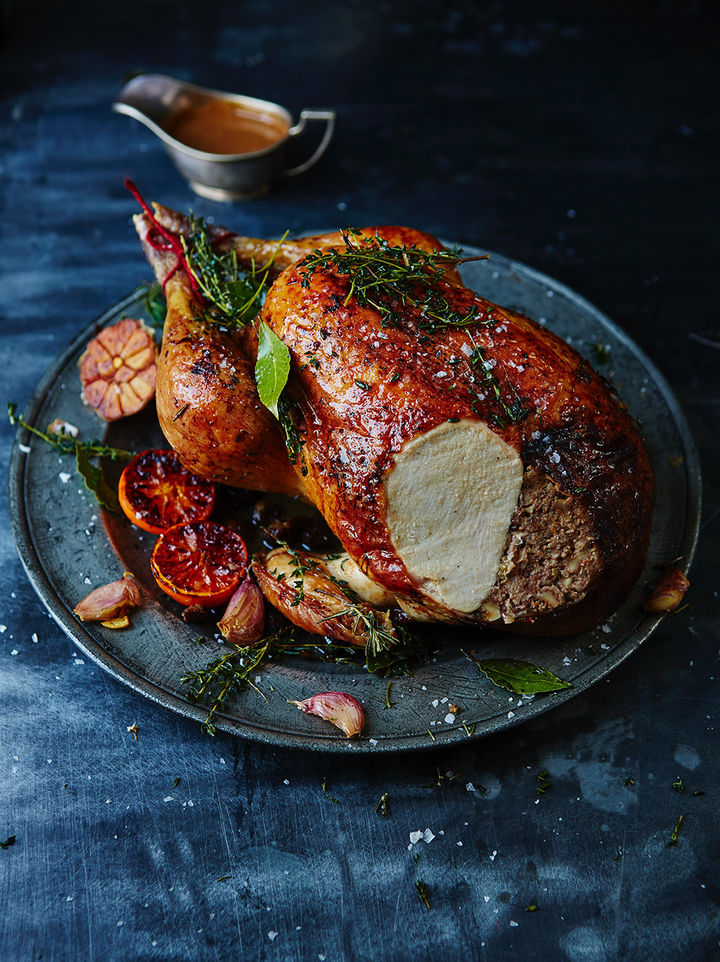
HOW TO COOK A TURKEY
Make a note of the weight of your turkey and the suggested cooking time if you buy your bird online or from a butcher. Supermarket turkeys should be clearly labelled to make this easy.
Calculate your cooking time using the weight as a guide, and don’t forget: your turkey will need to come out of the oven before carving to rest and get lovely and flavoursome. Turkeys between 4-6kg should be rested for 1½ hours, and ones from 6-10kg can rest for two hours.
Heat your oven to 180°C/350°F/gas 4.
- 4-5kg – cook 2¼ to 2½ hours
- 5-6kg – cook 2½ to 3 hours
- 6-7kg – cook 3 hours to 3½ hours
- 7-8kg – cook 3½ to 4 hours
- 8-9kg – cook 4 to 4¼ hours
- 9-10kg – cook 4¼ to 4½ hours
Roast the turkey for the required time, or until the juices run clear from the thickest part of the thigh if you pierce it with a knife or a skewer.
Using a thermometer, check the internal temperature of the turkey. A supermarket high-welfare bird should be cooker to at least 70ºC. If you have a dry-plucked, dry-aged, excellent quality bird, you can cook it to 65ºC.
Then leave to rest, carve, and enjoy the best Christmas turkey ever! For a real show-stopping bird, try out Jamie’s best ever roast turkey recipe.
